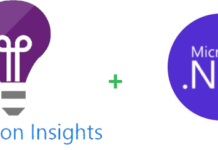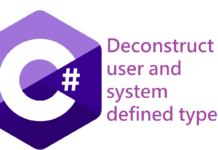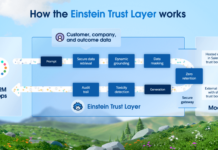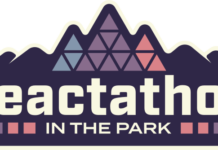Collaboration and agility in favor of innovation and value production
We live in a time when information technologies are widely consolidated in the day-to-day life of companies. We all spend a large part of the workday in the virtual space, interacting with the machine (s), whether in business support solutions, in communication systems (intranets, extranets, internet, emails or chats) or productivity tools.
With the increasing digitization and automation of routines, the simplistic optimization of business processes advocated in the previous industrial revolution (lower cost, less time, greater quantity) has long ceased to be decisive, especially in mature markets. Today, it is not enough to have consistent data and updated information to make timely decisions. We need to transform them into knowledge capable of generating value.
Intangibles such as creativity, diversity and independence of employees enhance the production of this added value, especially in uncertain and highly competitive contexts. It is therefore essential to bring business experts to the strategic definition, inviting the “operational” ones to incorporate assertive and positive contributions. In other words, those who can contribute more and better to the improvement are, at the same time, the main beneficiaries of the same improvement.
From these human interactions oriented towards specific purposes (and clear for all involved), where each one shares their respective knowledge (theoretical and experimental), emerge a collective knowledge higher than the sum of the individual numbers (however brilliant they may be).
The daily use of techniques for sharing the knowledge and individual experiences of a group that interacts with each other requires plans for adoption with the teams. Prepared moderators facilitate change management, systematizing and accelerating these same collaborative processes, which converge in the generation of collective intelligence.
Today, agile management methodologies such as scrum they are better suited to complex, highly unpredictable operations, using emerging technologies, and where fast deliveries are expected.
This technique, which promotes communication between the team, shows that the solutions built ongoing and collectively among all members of the team, they achieve better results than traditional management (which typically uses rigid, exhaustive, time-consuming and hierarchical planning).
Other methodologies, such as design thinking, aim at innovation by solving problems and identifying opportunities for improvement. This, too, is a systemic, collective and collaborative process, which begins with observing everyday life, passes through the generation of improvement ideas, and ends with tests through proofs of concept. It is normally applied in situations where specific, personalized and high quality solutions are desired.
At a time when much is said about artificial intelligence, I believe that innovation and differentiation are achieved fundamentally through human intelligence, elevated to the power of the community. Because more than programming algorithms to interpret variables, automate processes, and return results, the differentiating value comes from focused collaboration, in specific time and context. Each case is different, and has its own moment.
The use of collective business intelligence (resulting from cooperation within and between teams) is feasible with decentralized leaders, based on networks and, therefore, distant from traditional hierarchical structures.
Visionary, inspirational leaders with a high capacity for mobilization and aggregation, will leave these change management processes to their own multidisciplinary and competent teams, able to understand the challenges and opportunities. This increases the levels of commitment, motivation and accountability of the individual and the group. The results will soon appear. And they will surprise the most skeptical.
Originally published at Jornal Económico on December 24, 2019.


![[FIX] BizTalk Server 2010, 2013, 2013 R2 & 2016 errors “Class not registered (WinMgmt)” or “Access denied”](https://blogit.create.pt/wp-content/uploads/2018/07/access-black-and-white-blur-270514-218x150.jpg)




















